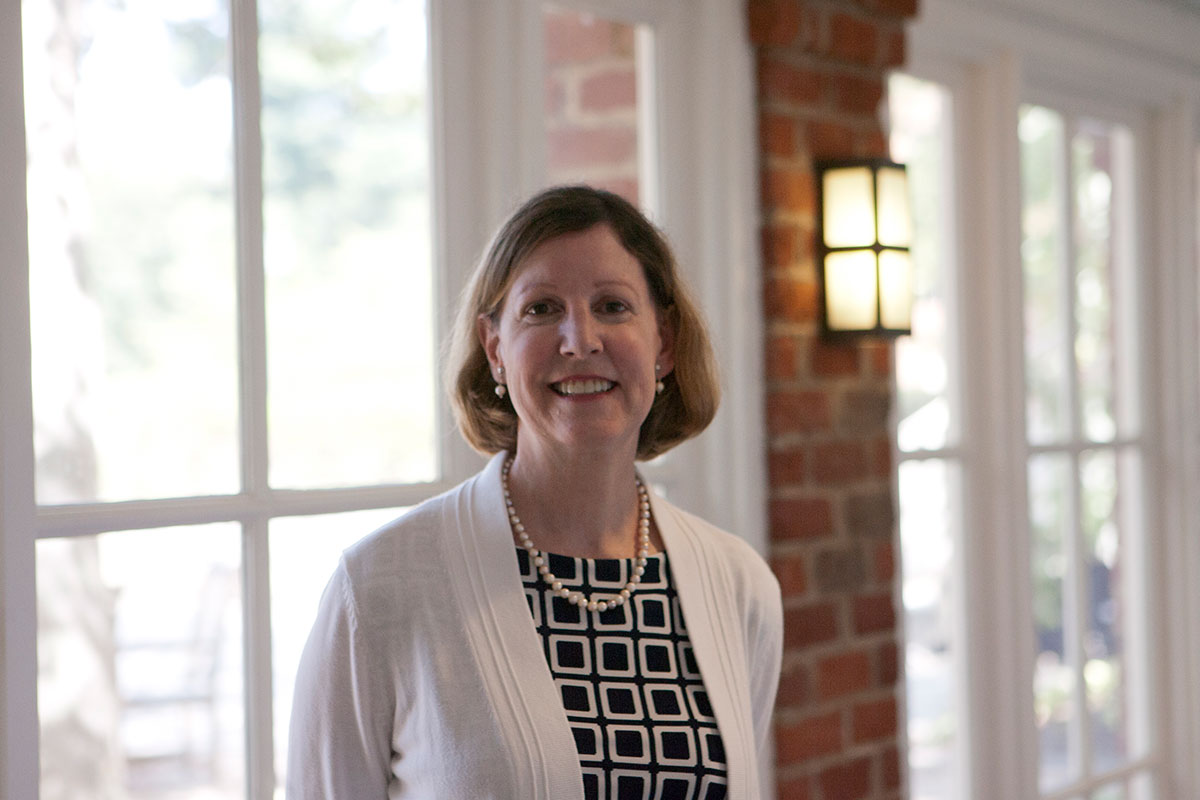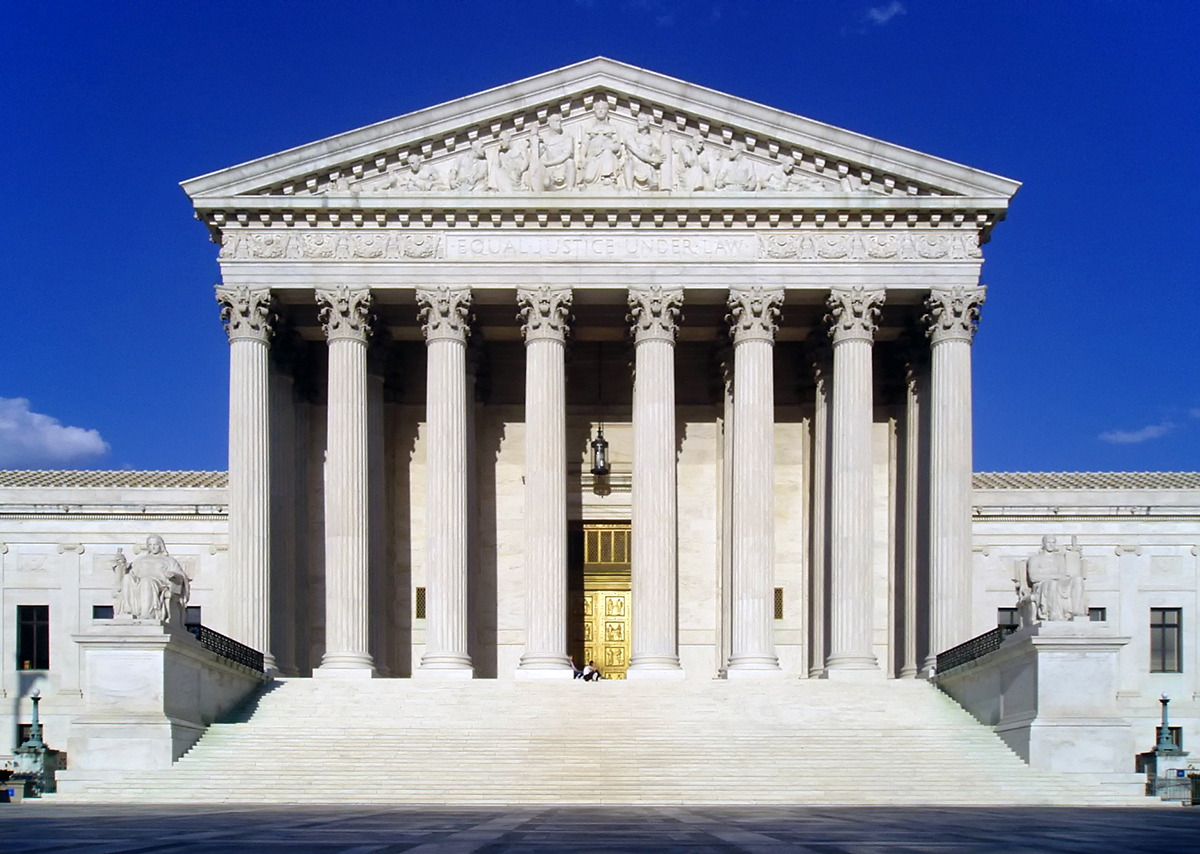First-Year Presidents and Supreme Court Appointments: Trump and Gorsuch in Historical Context
Written by Barbara A. Perry, White Burkett Miller Professor of Ethics and Institutions at the University of Virginia’s Miller Center, where she is Director of Presidential Studies and Co-Chair of the Presidential Oral History Program
 Gerald Ford observed in his memoir that “few appointments a president makes can have as much impact on the future of the country as those to the Supreme Court.” As Barack Obama explained, “The Supreme Court’s decisions shape not just the character of our democracy but the circumstances of our daily lives.” In the modern presidency, starting with Franklin Roosevelt, more than half of the presidents (7 of 13) have had the privilege of naming a member of the nation’s highest court during their first year in the White House. Two of the seven successful appointees were chief justices, the court’s most important position, known as “the first among equals.” Three of the first-year nominees were women–of the four who have served among the 112 justices. One was the first Latina justice.
Gerald Ford observed in his memoir that “few appointments a president makes can have as much impact on the future of the country as those to the Supreme Court.” As Barack Obama explained, “The Supreme Court’s decisions shape not just the character of our democracy but the circumstances of our daily lives.” In the modern presidency, starting with Franklin Roosevelt, more than half of the presidents (7 of 13) have had the privilege of naming a member of the nation’s highest court during their first year in the White House. Two of the seven successful appointees were chief justices, the court’s most important position, known as “the first among equals.” Three of the first-year nominees were women–of the four who have served among the 112 justices. One was the first Latina justice.
Four Democrat and three Republican presidents named justices in their first 365 days in the White House. But no modern chief executive has had the opportunity to do so within his first two weeks in the Oval Office. Of course, Donald Trump arrived at 1600 Pennsylvania Avenue with an opening on the Supreme Court, a seat left vacant by the death of Justice Antonin Scalia nearly a year earlier. In an unprecedented move, Republicans refused to give President Obama’s nomination of Judge Merrick Garland a hearing, much less a confirmation vote, and Garland’s nomination expired with the start of the new Congress in early January 2017.
Immediately after news reached Washington of Scalia’s February 13, 2016 passing, while on a hunting trip in Texas, GOP majority leader Senator Mitch McConnell announced that President Obama should not fill the seat because he was only eleven months from his second term’s end. The electorate should have a say in the type of justice they wanted on the Supreme Court, via the 2016 presidential election, the senator and his party colleagues asserted. Ironically, the Founding Fathers wanted very little popular impact on federal judicial appointments, which is why they carefully chose presidential nomination, with Senate appointment (after offering its advice and consent), as the means to a national judgeship.

Nevertheless, Trump has named Neal Gorsuch, of the U.S. Court of Appeals for the 10th Circuit, to succeed Scalia. The latter would be pleased, for the nominee follows in his footsteps. Trump’s choice, suggested and endorsed by the conservative Federalist Society during the 2016 presidential campaign, believes in following the framers’ intentions when interpreting the Constitution and laws and applying the meaning of their words at the time they were written. Gorsuch, whose mother Anne was a member of the Reagan Cabinet and aspired (unsuccessfully) to abolish the Environmental Protection Agency, which she directed, comports with Candidate Trump’s specific criteria for Supreme Court service: namely, overturning Roe v. Wade and upholding a broad interpretation of 2nd Amendment gun rights.
The Senate’s confirmation of Judge Gorsuch now depends on a number of political factors. Republicans implemented a new protocol in denying Obama’s nomination to fill Scalia’s seat, one that the Democrats will not quickly forget. (The question will remain, how late in a term may an incumbent president replace a Supreme Court justice? While a senator, Democrat Joe Biden, suggested the one-year rule.) A filibuster, which McConnell has respected as a moderating influence on the upper house, may be used by the minority party in this instance to require 60 votes to confirm Gorsuch. Southern Democrats and conservative Republicans used this procedural tactic to deny President Lyndon Johnson’s promotion of Associate Justice Abe Fortas to chief in 1968. Democrats retaliated in 1969 by scuttling the confirmation of two flawed first-year nominees by Richard Nixon (Clement Haynsworth and G. Harrold Carswell). Leader McConnell and his Republican colleagues could go “nuclear” and eliminate the filibuster for Supreme Court nominations, as the Democrats did under majority leader Harry Reid for lower federal court judgeships. If so, only 51 votes would be required to confirm Trump’s nominee.
Another political roadblock could insert itself into the Gorsuch nomination battle, however. It dates from the blockage of Reagan nominee Robert Bork by a Democratic Senate majority in 1987. The seat vacated by “swing vote” Lewis Powell (a moderate Virginian who sometimes voted with liberal colleagues and other times with conservatives) ignited a bitter battle between Reagan supporters who wanted to turn the court to the right and Democrats, led by Senator Edward Kennedy, who argued that “Robert Bork’s America” would be a flashback to a time in our history when civil rights and liberties were not paramount.
Scalia’s vote was typically on the conservative side of the judicial spectrum, with some notable exceptions, in search and seizure and flag-burning cases, for example. With eight members, the Supreme Court is now narrowly split, sometimes tied, on such nettlesome issues as abortion, immigration, affirmative action, death penalty, gay rights, guns, health care, and campaign finance. Although Judge Garland, who will remain on the D.C. Circuit, is considered a moderate liberal, his votes on such prominent issues would have been remarkably different from Judge Gorsuch. In the Bork mold, Trump’s nominee is a scholar of the law and has written numerous books and articles on legal theory. He is undeniably qualified for a seat on the nation’s highest court by virtue of his intellect, education, and experience. A “stealth nominee,” like David Souter, he is not. His very record will cause Democrats to mount severe opposition in order to prevent the 49-year-old Gorsuch from shaping landmark decisions for the next three or four decades.
The Founding Fathers did not want to place sole appointment power for the Supreme Court in Congress because they thought its members too filled with political “intrigue.” Yet judicial nominations have always been prone to politics, especially as soon as our Founders split into two warring partisan camps. Alexander Hamilton hoped that integrity and knowledge of the law would trump political considerations in Supreme Court nominations. On that basis both Merrick Garland and Neil Gorsuch are more than qualified, and it is a shame that both could not serve in the “Marble Temple” on Capitol Hill. When Chief Justice Charles Evans Hughes laid its cornerstone in 1932, in the depths of the Great Depression, he declared, “Our republic endures and this is the symbol of its faith.” May it always be so.
Barbara A. Perry is White Burkett Miller Center Professor of Ethics and Institutions and Director of Presidential Studies at the Miller Center. She was a Supreme Court Fellow in 1994-95 and is the author of The Priestly Tribe: The Supreme Court’s Image in the American Mind and Freedom and the Court: Civil Rights and Liberties in the United States, with Henry J. Abraham, James Hart Professor of Government, Emeritus. Follow her on Twitter @BarbaraPerryUVA.
** Join Barbara Perry and Marc Selverstone in Boston, May 21 – 23, 2017 for JFK at 100: John F. Kennedy’s Centennial in Historical Context. **
- Musings on National Violin Day
- Making the Promise Real: How a UN Tax Convention Can Fulfill the UNDHR’s Vision
- Having a Drink With Your Donkey: The Absurd in Antiquity
- UVA Club of Atlanta: Virtual Pilates Class
- UVA Club of Fairfield/Westchester: Cavs Care - Food Pantry Donation Drive
- UVA Club of Washington DC: December Book Club